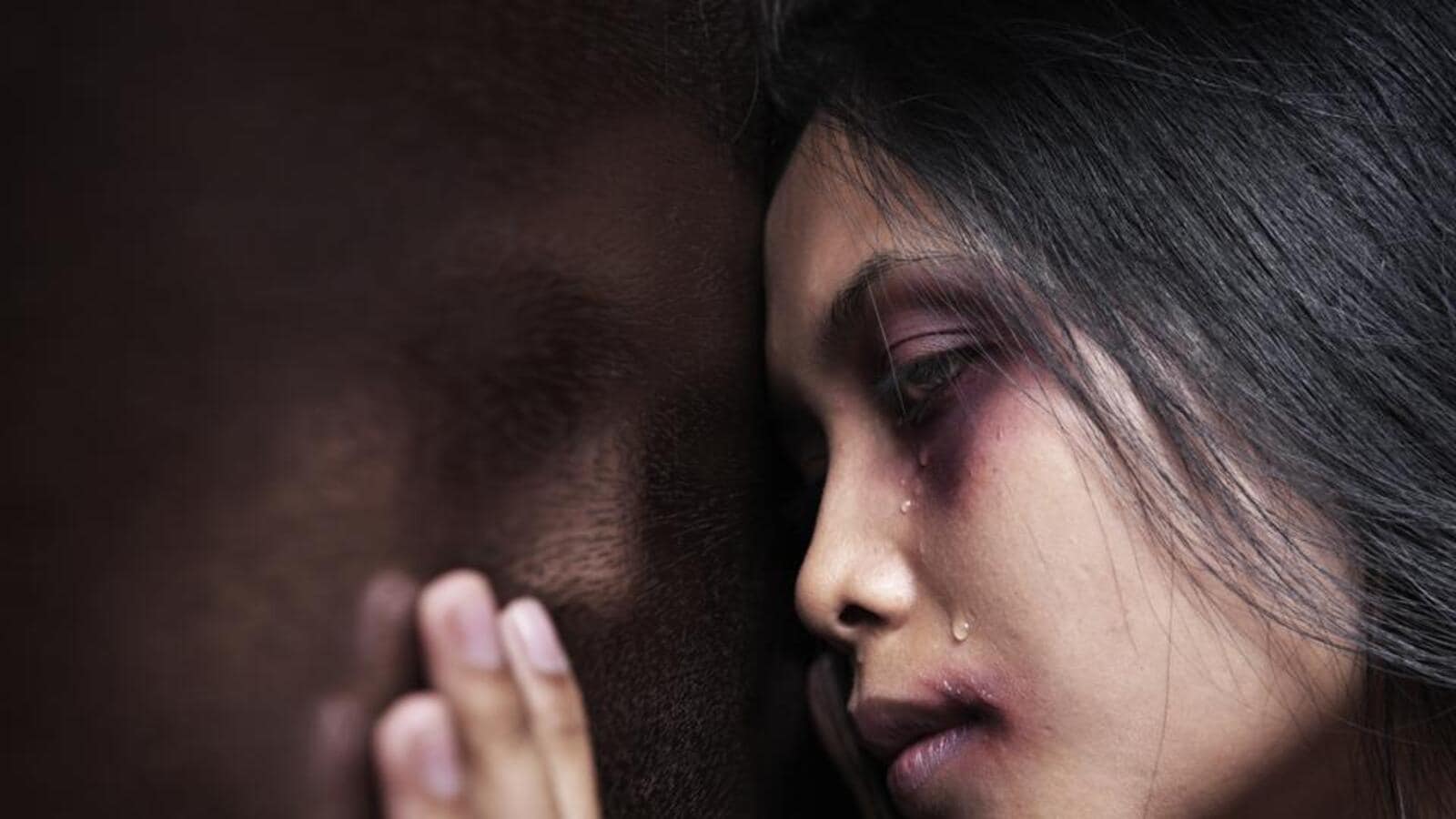[ad_1]
The Supreme Court on Friday embarked on a reality check to discover how effective the domestic violence law’s 17-year journey has been, ordering the Centre to provide complete details about the complaints filed, pending litigations, funding pattern and the eligibility criteria for appointment of protection officers who are meant to be the first contact for women in distress under the Protection of Women from Domestic Violence Act.
The law was enacted in 2005 to protect the right of all women in a domestic relationship to live free from any form of domestic violence. It includes all forms of violence which can be physical, sexual, verbal, emotional, and economic abuse.
The bench of justices UU Lalit, S Ravindra Bhat and PS Narasimha gave the Centre four weeks to compile this information, commenting that the country made grand laws without any mechanism to ascertain its effectiveness on the ground.
“It is one thing to create a beautiful, grand law but at the ground, how do you create a mechanism to get feedback to pull the reins tighter,” the bench remarked at Friday’s hearing on a petition by ‘We the Women of India’, a non-profit which alleged gaps in the implementation of the law.
Lawyer Shobha Gupta who appeared for the NGO told the court that even if protection officers had been appointed, there was hardly any information available for victims of domestic violence to approach them for protection, compensation, and other reliefs envisaged under the Act.
In response, the Centre filed an affidavit stating that the central law was to be implemented by states and union territories. Additional solicitor general (ASG) Aishwarya Bhati, who appeared for the ministry of women and child development, told the court that there were 2,541 protection officers in 27 states and six union territories.
On a closer look at the list, the bench, however, noted the practice of state governments notifying revenue officers and sub-collectors as protection officers as an additional responsibility. “This is not the intention of the Act. There has to be a dedicated cadre. How do you expect IAS officers to be protection officers?” the bench asked, frowning at the practice.
The court also asked if the Centre provided funds to states or the states are supposed to implement the law from their existing resources. ASG Aishwarya Bhati told the Court that in 2018, the Centre wrote to states asking them to appoint sufficient protection officers.
The Act provides for the appointment of protection officers and service providers whose primary duty is to assist women in accessing reliefs provided under the Act which includes protection order, residence order, monetary relief, custody order and compensation order.
“In 2018, you were aware this has to be done and you are still continuing with this. It is essential to have a specific cadre. In some states, geographical dispersion is large, so having an officer in each district will not be enough,” the bench observed.
The court gave the Centre four weeks to collect details on what form of central assistance can be provided to support the state to implement the Act and the extent of such funding. It also sought relevant data on pending litigations, complaints, number of designated courts, and relative proportion of protection officers.
Further, the court told the Centre to spell out desirable eligibility terms of protection officers in terms of creating a cadre, and training qualifications.
“These particulars are essential as protection officers, like magistrates tasked with the implementation of the law, serve as the backbone of the law,” the bench observed. For the next date of hearing, the judges also told the women and child development ministry to depute an additional secretary-ran official who can assist the court with information under the law.
[ad_2]
Source link

